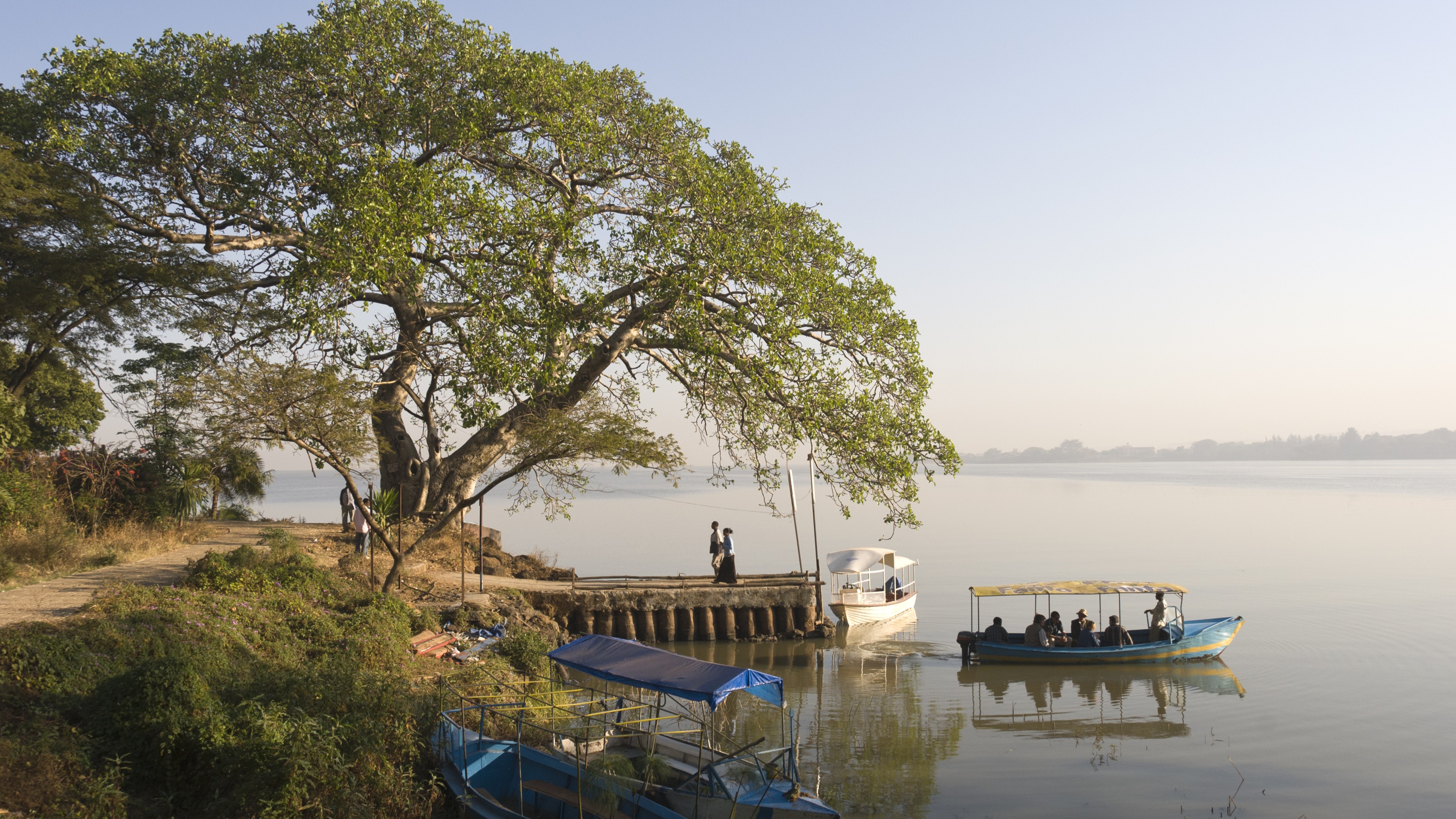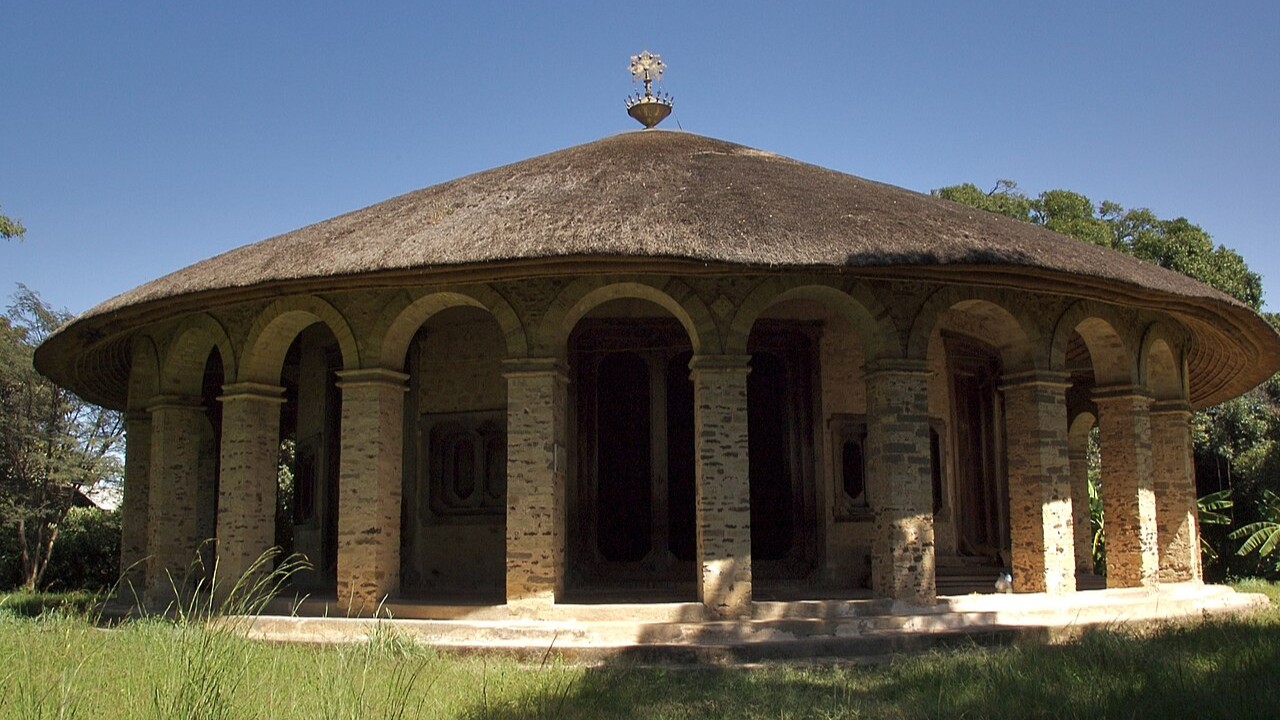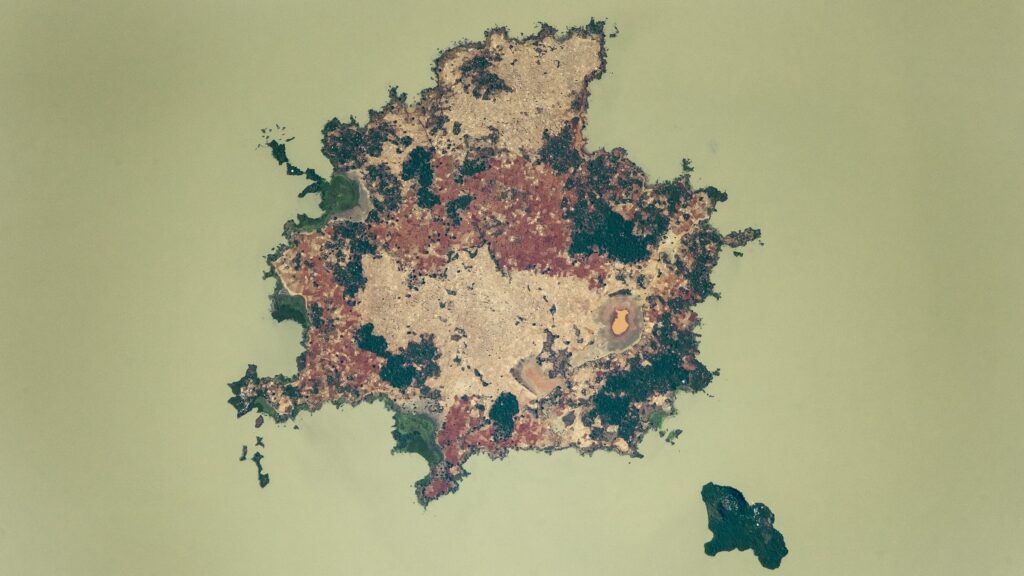simple facts
Where is it? Deku and Daga, Ethiopia [11.907552854, 37.285011102]
What is in the photo? A pair of islands floating in the middle of green Lake Tana
Who took the photo? An unknown astronaut aboard the International Space Station
When was the photo taken? January 2, 2017
This interesting astronaut photo shows two islands floating in the murky green water of Africa’s main lake. Both continents have monasteries that house important religious relics, including the remains of several ancient emperors.
The two islands, named Deku Island and Daga Island, are located in Lake Tana, Ethiopia’s largest body of water, with an average surface area of approximately 1,200 square miles (3,100 square kilometers), roughly the size of Rhode Island. Listed as a UNESCO Biosphere Reserve, the lake is located on the Ethiopian Plateau at approximately 5,800 feet (1,770 meters) above sea level and has a maximum depth of approximately 50 feet (15 meters).
Lake Tana was formed about 5 million years ago when volcanic activity dammed an ancient river. Today, it is the main source of the Blue Nile, a 900-mile (1,450-kilometer) tributary of the Nile that flows through Ethiopia and Sudan.
you may like
Deku Island, the larger of the two islands, is about 4.5 miles (7.5 km) wide at its widest point and has a population of about 5,000 people, while Daga Island is about 1 mile (1.6 km) wide at its widest point and has no permanent residents.
From the air, the islands stand out against the lake’s bland, milky green color, the result of algae blooms that thrive on nutrients from agricultural runoff and wastewater, according to NASA’s Earth Observatory.
Related: See all the best images of Earth from space

Deku is an agricultural hotspot due to its nutrient-rich volcanic soil and high rainfall due to its location in the Intertropical Convergence Zone, a low-pressure belt near the equator that experiences frequent thunderstorms. Most of the island’s surface has been turned into agricultural land and appears light brown and red when viewed from above. Their main crops are corn, millet, coffee and mango.
In the photo, a bright orange lake is located in the southeast corner of the Deku. It’s unclear exactly what gives the lake its bright colors, but the Earth Observatory says agricultural runoff is also likely involved.
But perhaps the most interesting site on both islands is the monastery, which is not easily visible from space.
holy relic
Experts believe that more than half of the more than 30 islands in Lake Tana have at least one church or monastery (the total number of islands in the lake is debated, as some only appear during the rainy season when the lake expands). According to the Earth Observatory, these religious sites were created in part to protect Ethiopia’s most precious relics and treasures during the war.
you may like

Deku is home to at least five churches and the 18th-century Narga Selassie Monastery, which is home to many stunning paintings depicting Ethiopian history. However, there is probably a more important monastery in Daga called Daga Estifanos, or “Saint Stephen of Daga”, built in the 13th century.
The mummified bodies of at least five Ethiopian emperors who ruled the country at various times between 1270 and 1730 are kept at Daga Estifanos and are on display for tourists in special glass-sided coffins alongside crowns, scrolls and other artefacts from each emperor’s reign, according to the Lake Tana Biosphere Reserve website.
However, due to local customs, only men are allowed to visit Daga and its monastery. In fact, local “no female” rules apply to livestock as well.
Other major religious sites on Lake Tana include Tana Cherkos, an island inhabited only by monks of the Ethiopian Church. According to the Lake Tana website, the Ark of the Covenant remained there for about 800 years after it was stolen from Jerusalem before being moved to mainland Ethiopia.
Source link

